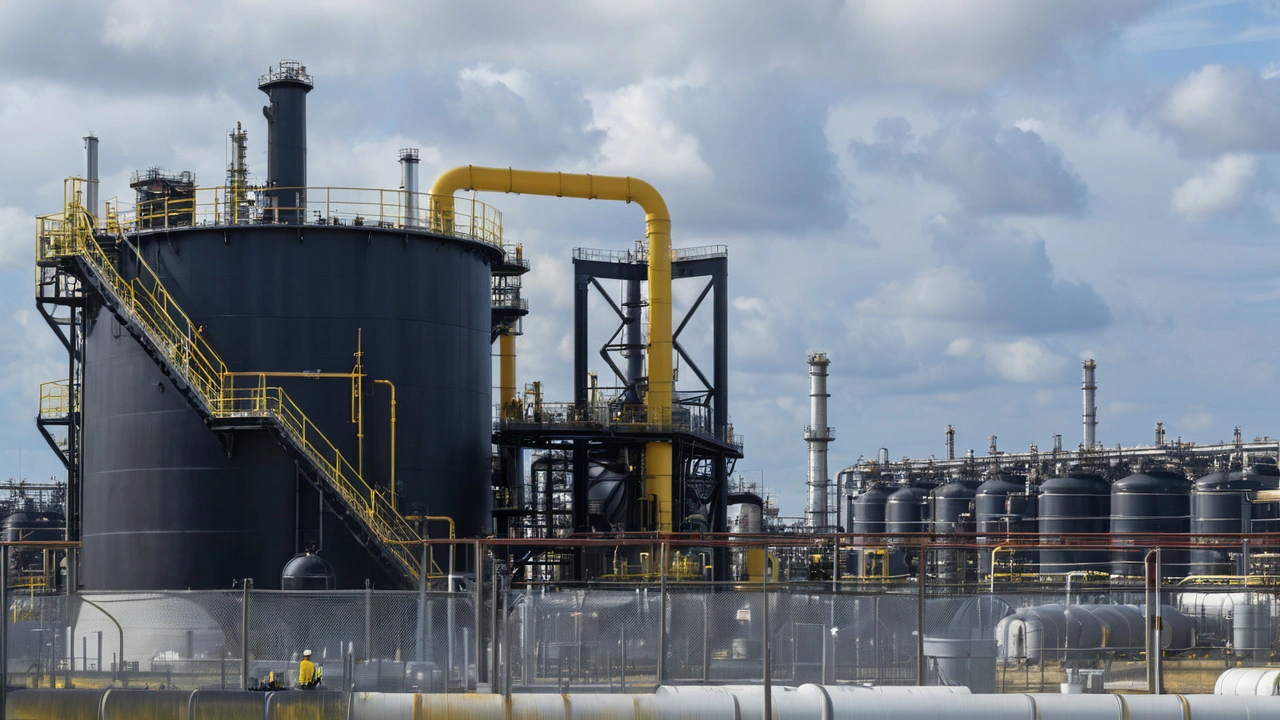Oil markets play a huge role in our daily lives, affecting everything from gas prices to global economies. Whether you're a trader, energy enthusiast, or just curious, knowing how oil markets work helps make sense of wide-reaching news and price swings.
The oil market is mainly driven by supply and demand. When production drops or demand rises, prices tend to climb. Conversely, more supply or less demand can push prices down. It's that simple in theory, but real-world factors make it tricky.
Several factors shake up oil markets regularly. Geopolitical tensions in oil-rich regions can scare traders into expecting supply shortages. For example, conflicts in the Middle East often lead to price jumps. On the other hand, technological breakthroughs, like efficient shale extraction, have suddenly boosted supply and lowered prices.
OPEC, the Organization of the Petroleum Exporting Countries, also plays a big role. When members decide to cut or increase production, it can influence global prices instantly. Keeping an eye on OPEC meetings is smart if you're following oil markets closely.
Looking at global economic health gives clues about oil demand. Strong growth usually means more industry and travel, pushing oil use up. But economic slowdowns or shifts toward renewable energy can cool demand. Plus, seasonal changes like winter heating needs or summer travels affect consumption patterns.
Oil traders track futures contracts to guess where prices are headed. These contracts reflect expectations about future supply and demand but can be volatile. News about alternative fuels or regulations can also send prices swinging unexpectedly.
For regular folks, oil market moves might show up as changes in gas prices or heating bills. Understanding why helps stay ahead of rising costs or spot when prices might drop.
Keep tabs on reliable news and expert analyses to navigate the ups and downs of oil markets. This keeps you informed whether for investment, business planning, or just staying in the know.
